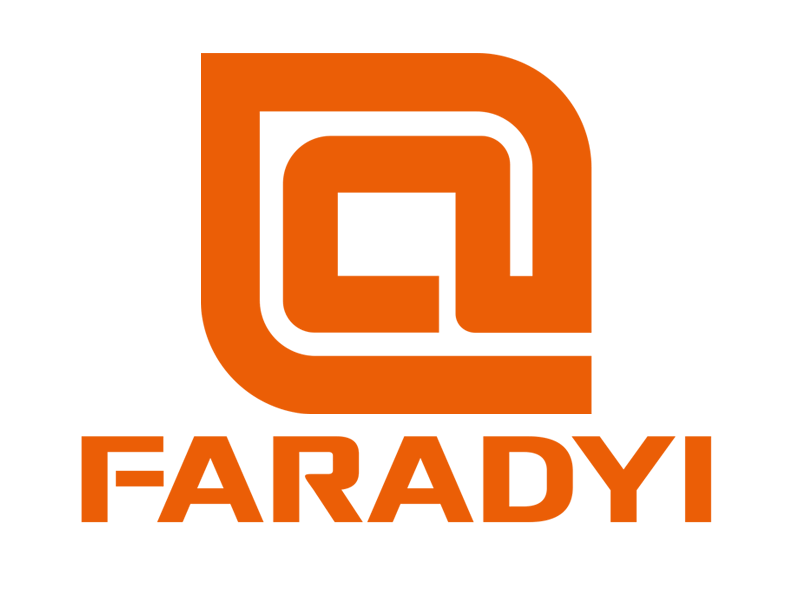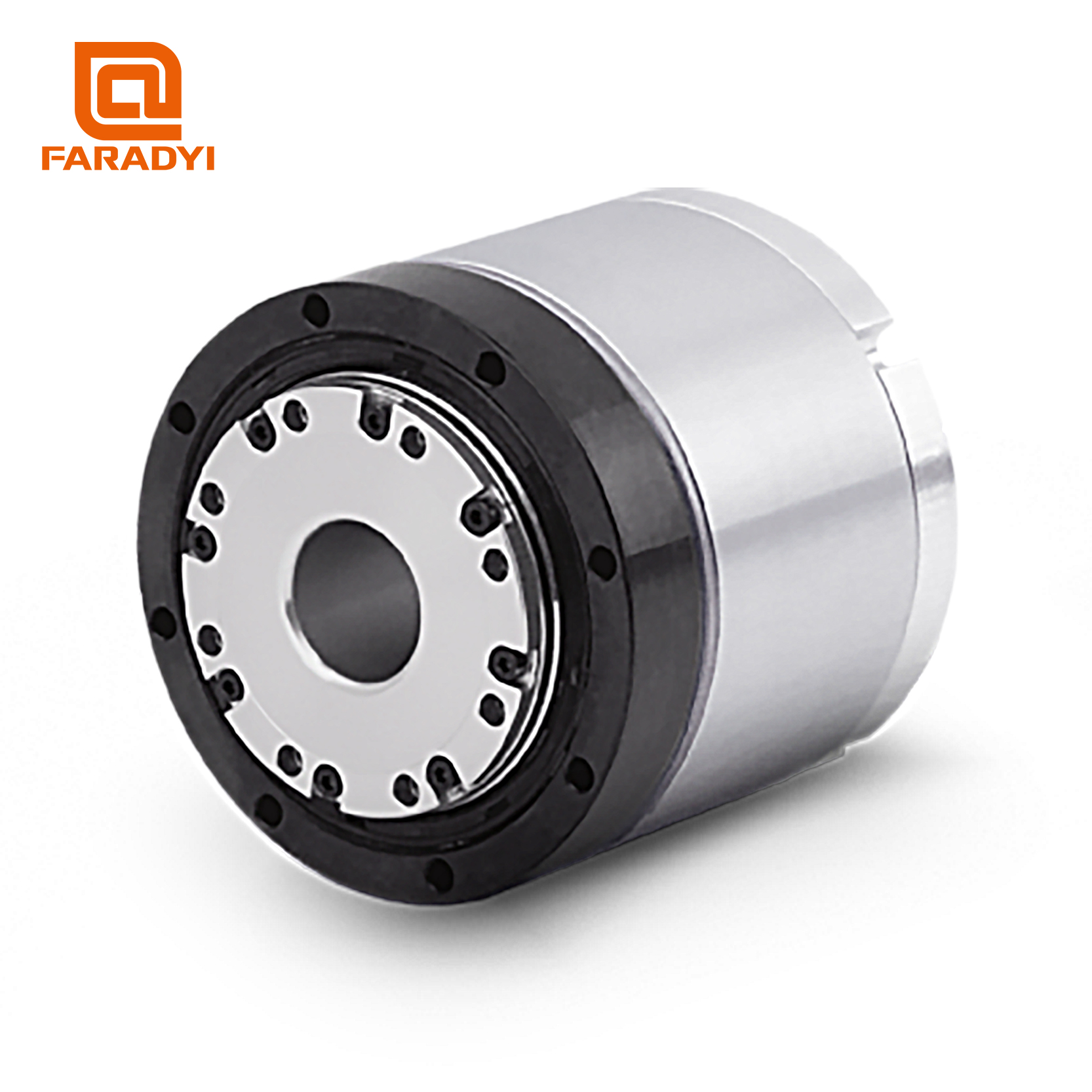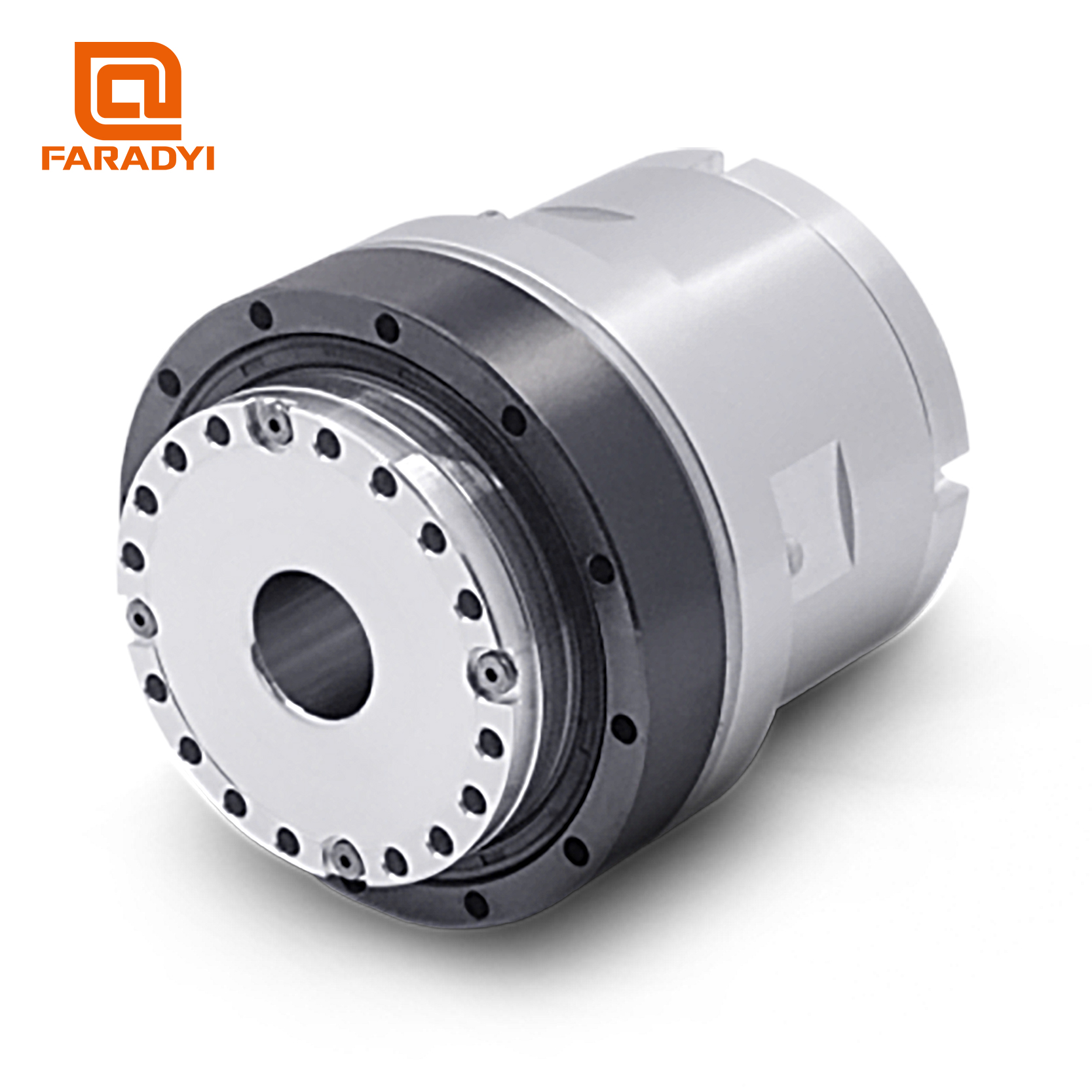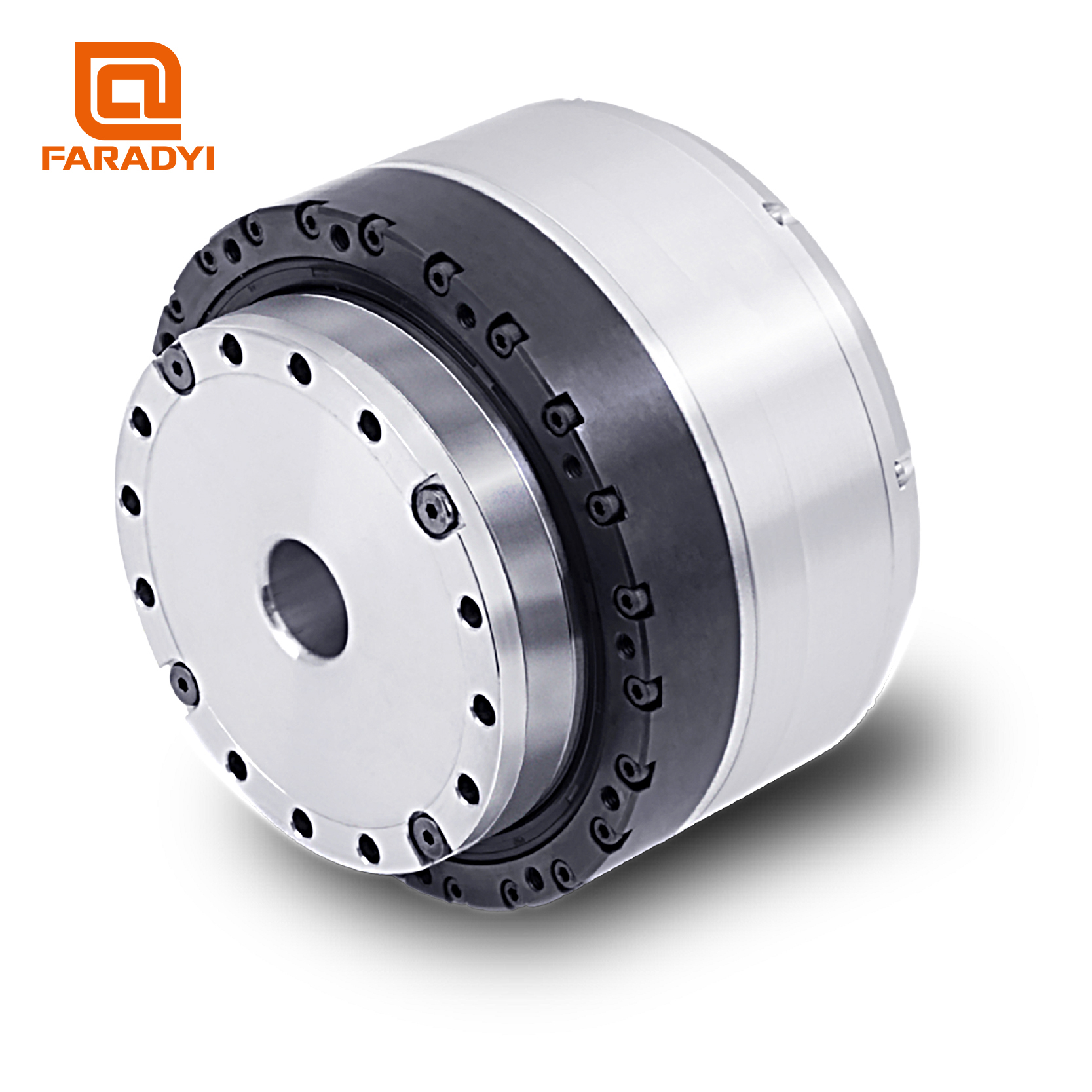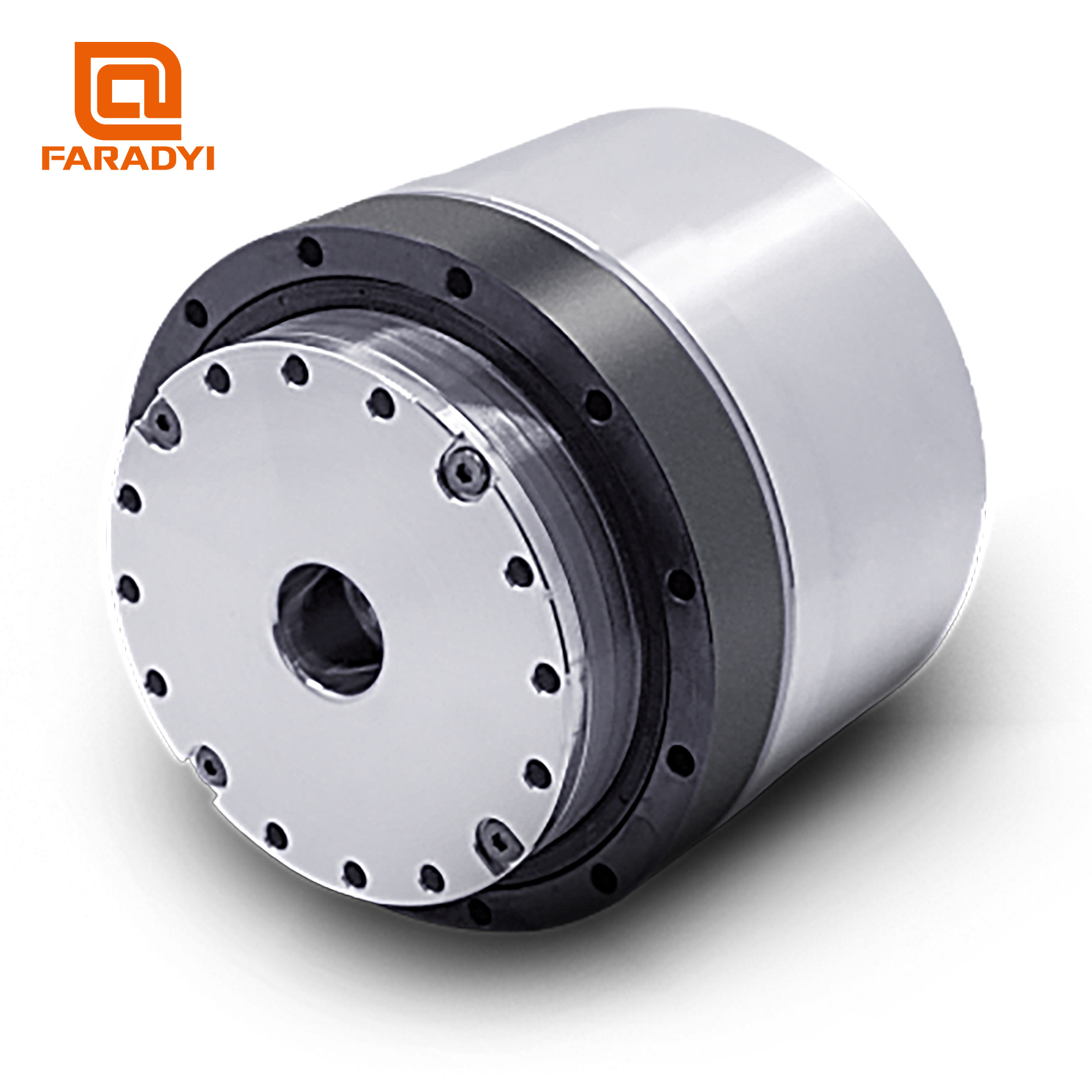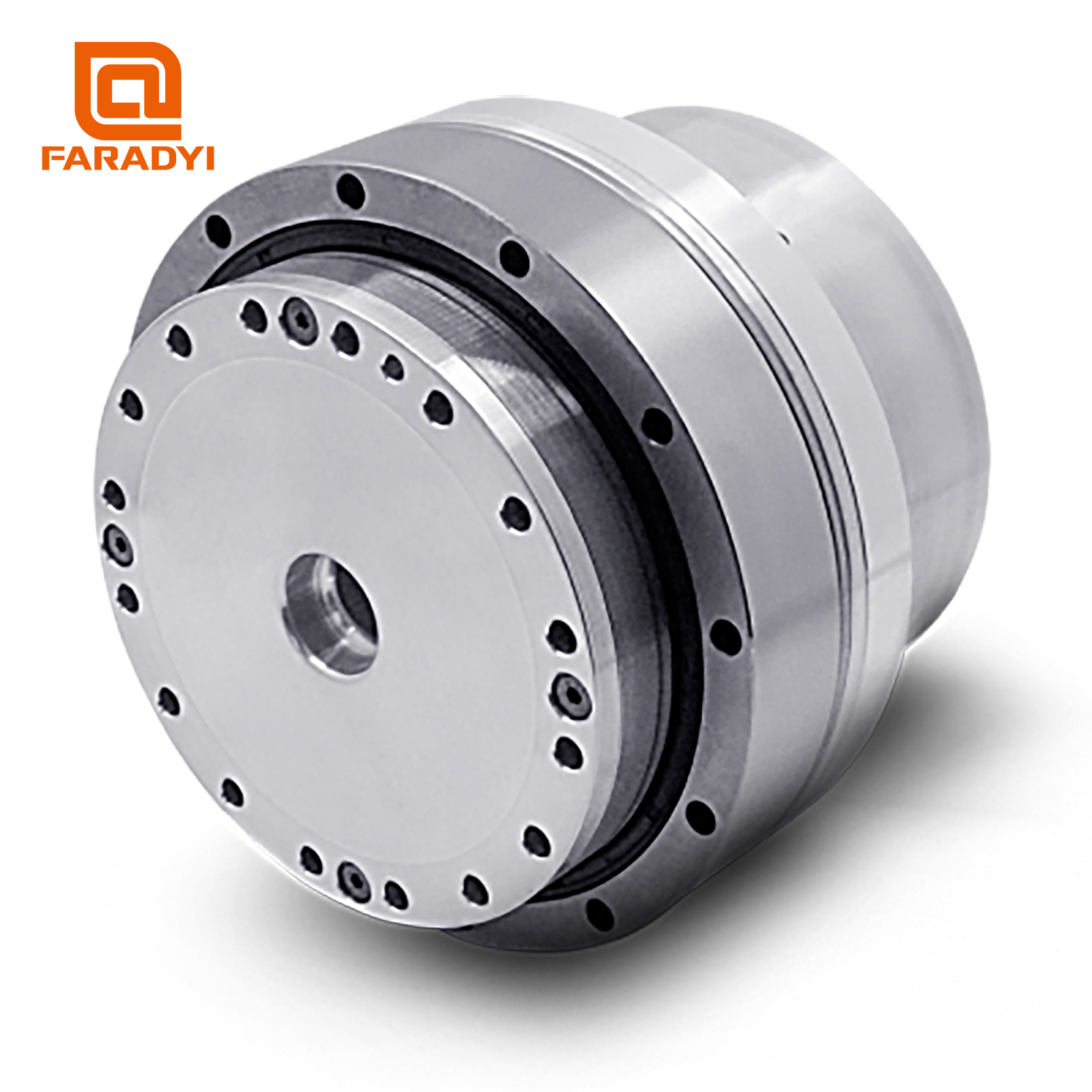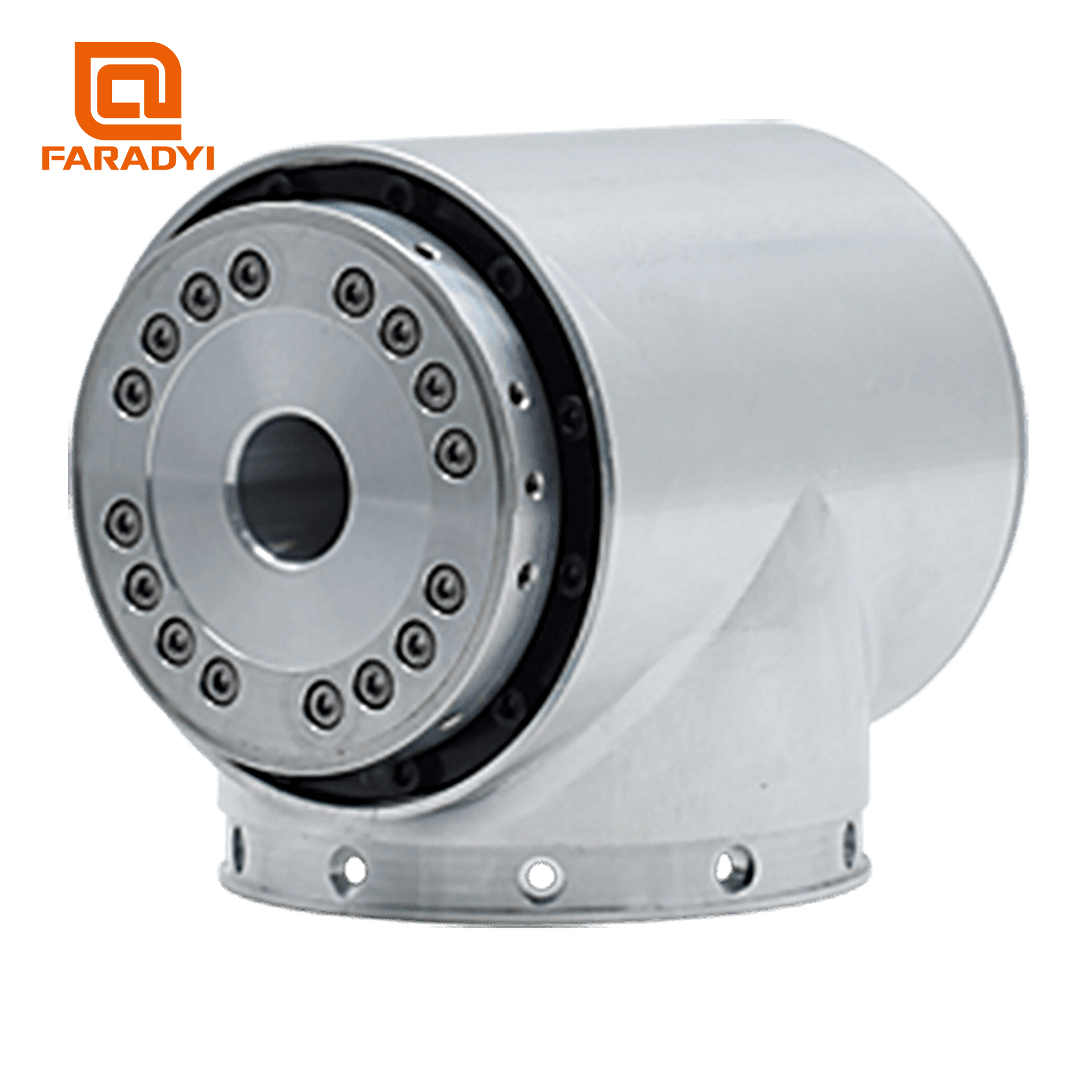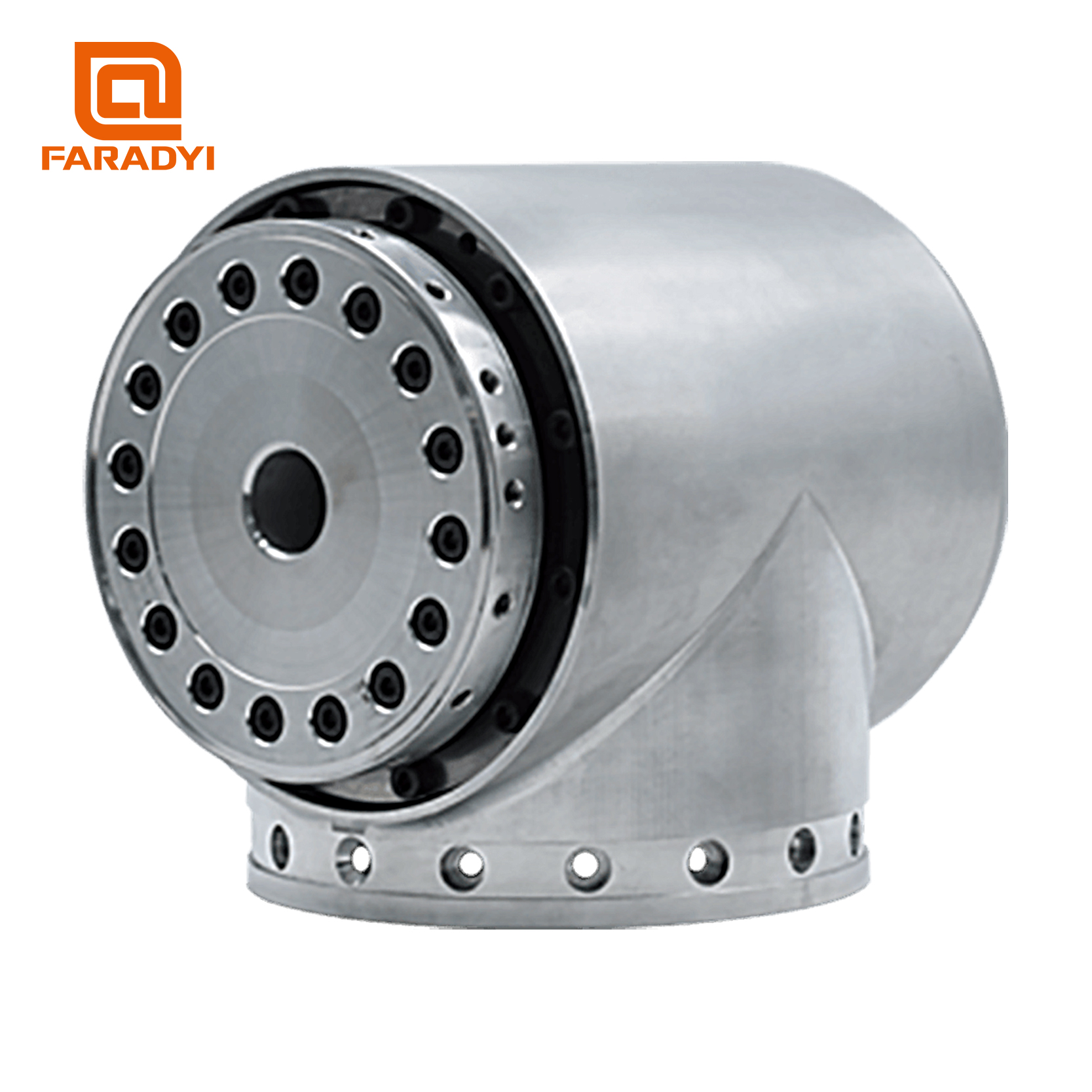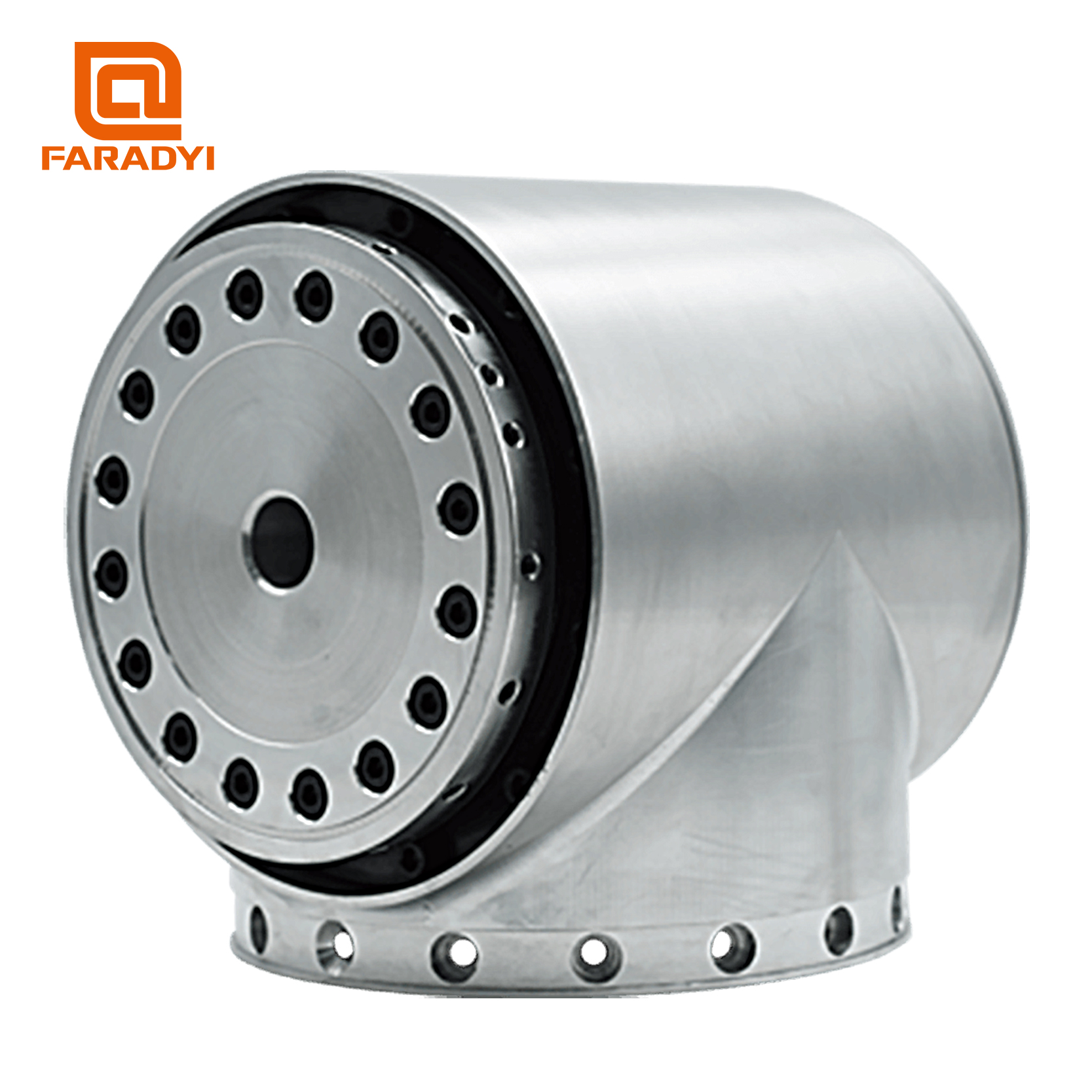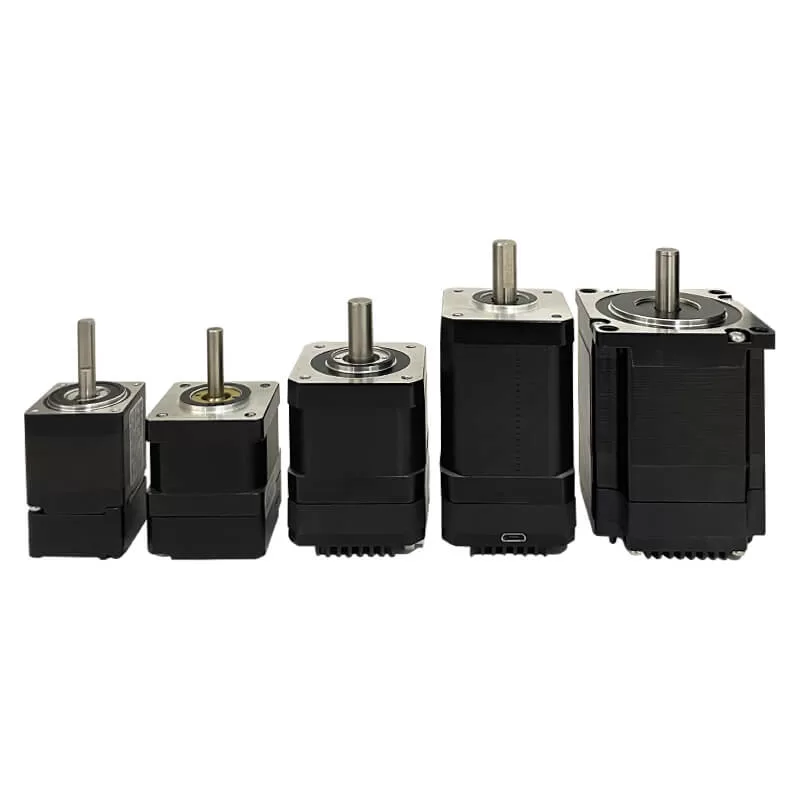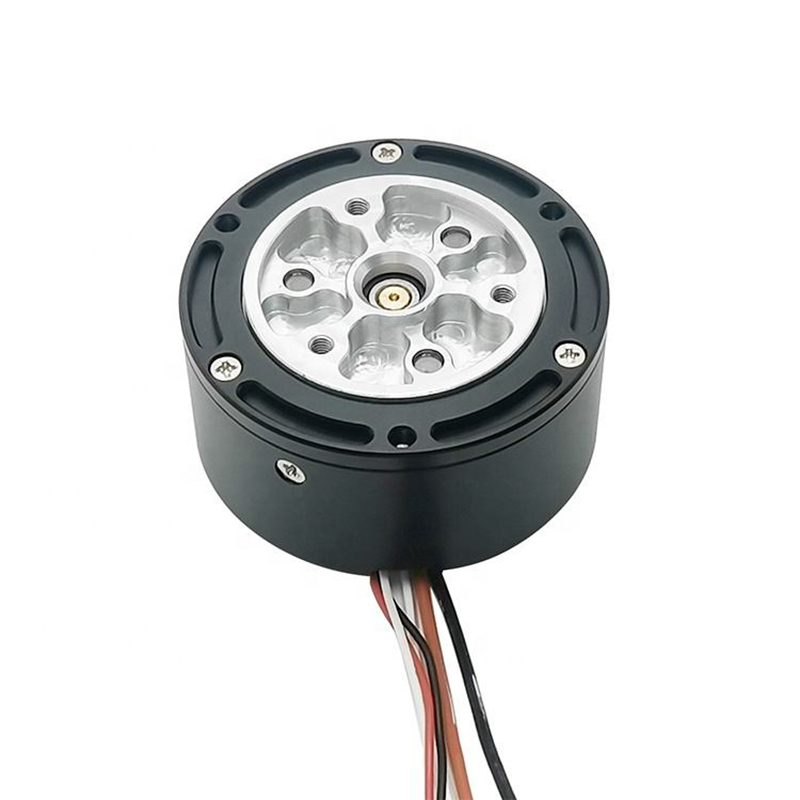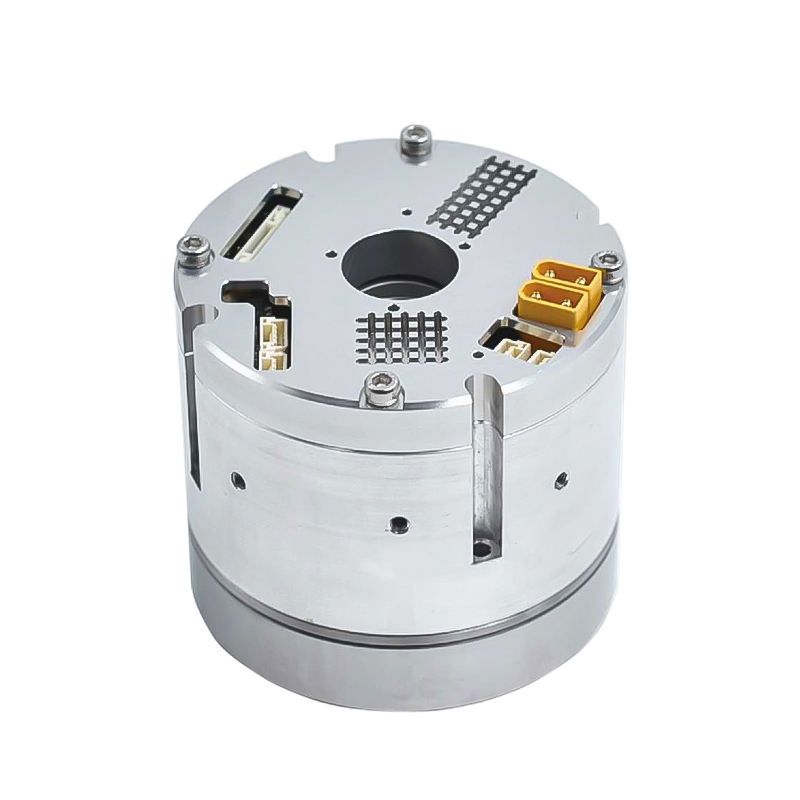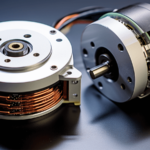The design technical requirements of a brushless DC motor are often outlined in the motor design technical task book. Besides complying with relevant national and industry standards, the task book typically includes the following contents:
Main Technical Requirements of Brushless DC Motors:
- Power supply voltage, operating mode, continuous power, torque, speed, peak power, peak torque, maximum speed, efficiency, vibration and noise, operating environment, protection level, etc.
Control-related Technical Requirements Relevant to Brushless DC Motor Design:
- Control type: open-loop or closed-loop, torque (current) control, speed control, or position control; control precision and bandwidth; direction control or bidirectional rotation; soft start, braking, current limiting; dynamic requirements, torque-to-inertia ratio, acceleration/deceleration capability; fault protection, etc.
Designers must understand and integrate control-related technical requirements relevant to motor design to develop the correct motor design scheme.
The success or failure of a motor design hinges on a meticulous analysis of the design task book requirements, making the correct choices for various motor design elements, followed by calculations. Therefore, the calculation procedure is not paramount; the correct selection of the design scheme is crucial.
The most commonly used method for brushless DC motor design is still the traditional electromagnetic design method. This method is the classic basic design method for motors, with the most common being the calculation of major motor dimensions: determining the stator and rotor structure based on technical requirements, determining the magnetic load Bm based on the rotor structure and permanent magnet performance, selecting the electric load A based on performance requirements and cooling conditions, and then determining the major motor dimensions Da and L based on the electromagnetic load. This method is an empirical design method that requires designers to have a wealth of design experience, and the calculation results often need to be adjusted multiple times.
During the design process, it is necessary to perform magnetic circuit calculations to calculate the magnetic flux densities of various parts. Finite element magnetic field analysis methods can also be used concurrently to calculate the motor’s magnetic field and parameters, verifying the results of the electromagnetic design. This combination of methods can improve the accuracy of the design.
Typical Design Process for Brushless DC Motors:
- Analyze the design task book requirements and clarify the design goals.
- Select the operating mode, such as phase number selection, commutation method, and commutation circuit form.
- Select the motor structure: stator structure, permanent magnet material, rotor magnetic circuit structure, and sensor structure.
- Determine the main dimensions: calculate the motor’s major dimensions Da, L based on electromagnetic load or torque characteristics requirements.
- Select the number of poles and slots, and preliminary design of stator laminations and rotor magnetic circuit.
- Perform magnetic circuit calculations or finite element analysis to calculate and determine the air gap magnetic field parameters.
- Design the winding, select winding form, and calculate turns and wire gauge.
- Calculate electromagnetic parameters and characteristics.
- Design review and adjustment, calculate current density, electromagnetic load, motor temperature rise, and performance.
